Before a cruise to the Galapagos Islands, many of our guests like to read up on the Galapagos, its flora and fauna, culture and history, and of course one of the archipelago’s most famous visitors, Charles Darwin.
Here we outline some suggested reading, and viewing, before a trip aboard our luxury vessels. The majority of these books are stocked in our libraries on board.
Published by local authors
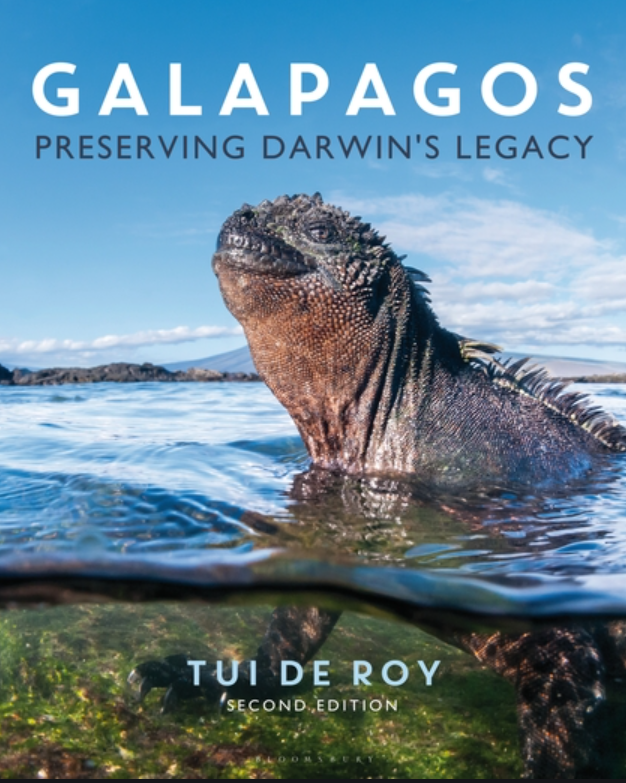 |
Galapagos, Preserving Darwin’s Legacy, by Tui de Roy
A sumptuous, large-format book made up of a fascinating series of invited essays under the editorship of world-renowned photographer and long-term Galapagos resident, Tui de Roy, covering every aspect of Galapagos life accompanied by 600 of De Roy’s breathtaking photographs. |
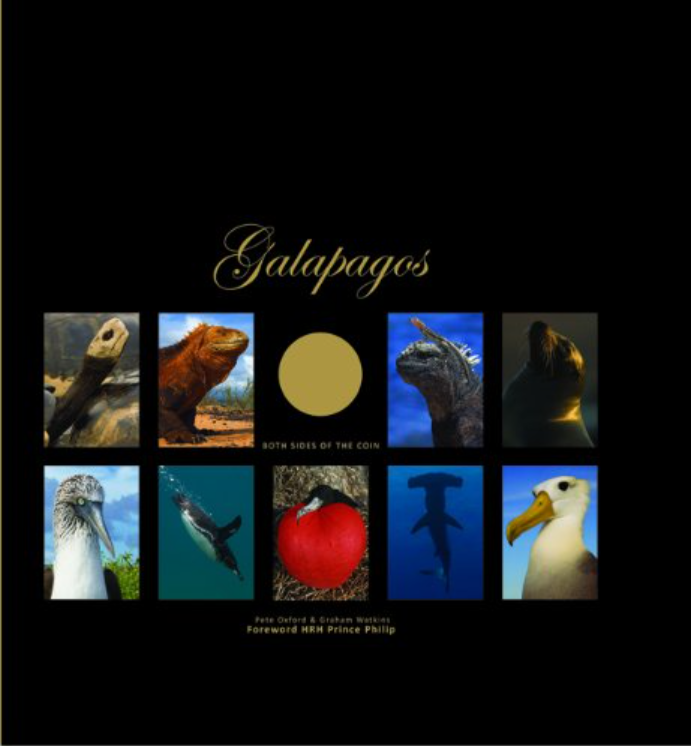 |
Galapagos, Both sides of the Coin, by Pete Oxford & Graham Watkins
A spectacular photographic homage to the Galapagos Islands as one of the world’s most popular eco-destinations, and a reflection of the many complexities of the modern day Galapagos as a home to 30,000 residents, written by a former Darwin Station Director and Galapagos guide & photographer. |
 |
Darwin in Galapagos, Footsteps to a New World, by Greg Estes & Thalia Grant
A meticulous retracing of Darwin’s island expeditions, drawing from Darwin’s original logs from the Beagle, the latest findings by Darwin scholars and modern science, and the authors’ own intimate knowledge of the archipelago. |
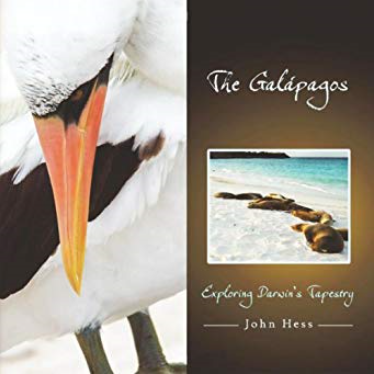 |
Galapagos, Exploring Darwin’s Tapestry, by John Hess
A celebration of the Galapagos with spectacular photos and insightful prose by an author with a lifetime of experience as a naturalist and photographer and extensive background in ornithology and evolutionary ecology. |
Field guides
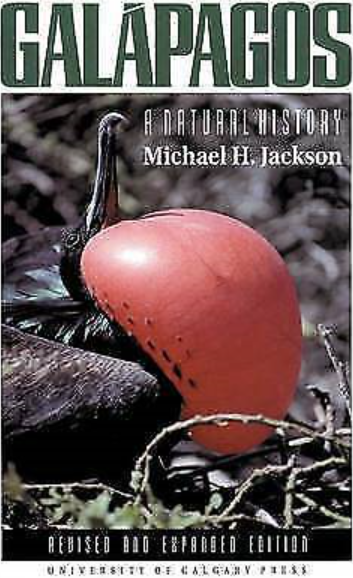 |
Galapagos, A Natural History Guide, by Michael Jackson
A handy and comprehensive introduction to the natural history of the Galapagos providing a detailed overview of the habitats, plants, birds, and animals of the islands as well as a useful bibliography, wildlife checklists and a list of plants by vegetation zone. |
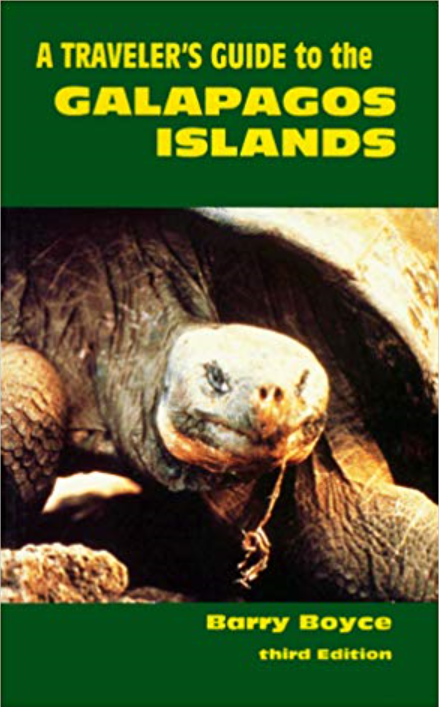 |
A Traveler’s Guide to the Galapagos Islands, by Barry Boyce
Covering the essentials of “how to” travel to the Land of Darwin, with chapters devoted to topics such as what to pack and why, photographic equipment, history, wildlife and detailed accounts of each visitor site. |
 |
Galapagos Wildlife, by David Horwell & Pete Oxford
A compact guide to the birds, reptiles, insects, plants and marine life of the archipelago featuring a very good selection of large color photographs. |
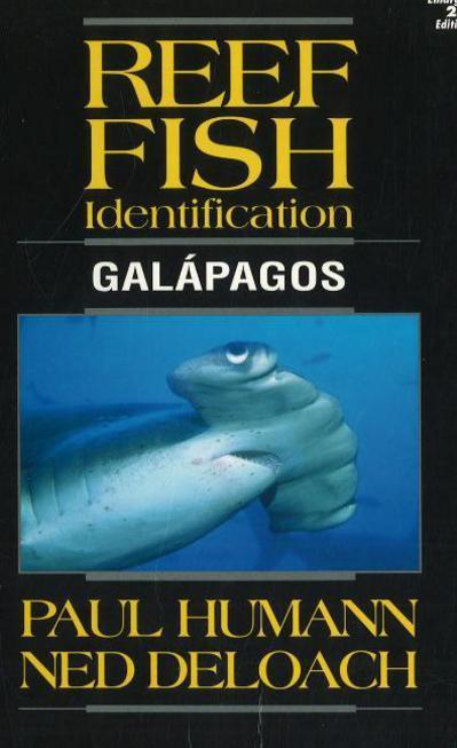 |
Reef Fish Identification Guide, Galapagos, by Paul Humann
A comprehensive photographic guide to the fishes of Galapagos. With hundreds of well-chosen color photos and brief descriptions, this practical field guide is essential reading for divers and underwater enthusiasts. |
Lightweight and easy to pack (available in paperback)
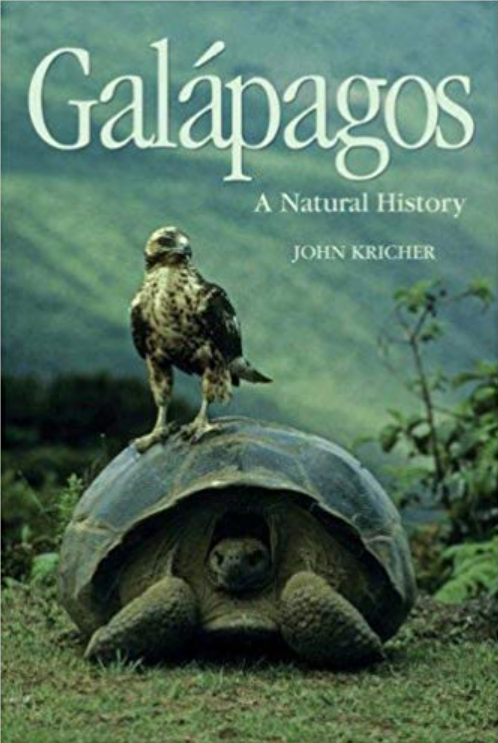 |
Galapagos, Smithsonian Natural History Series, by John Kricher
A lively natural history of the Islands and their role in evolutionary thought, including an island-by-island synopsis and survey of recent conservation efforts. This wide-ranging book covers human history, geology, setting, Darwin, tortoises, reptiles, sea birds and creatures all written with wit and admirable clarity. |
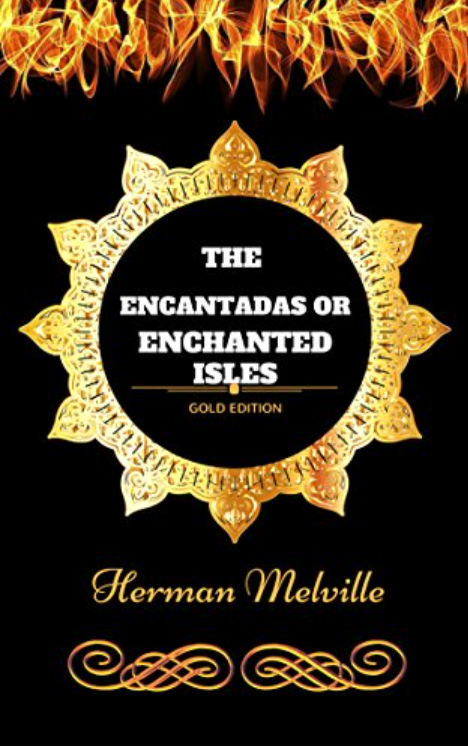 |
The Enchanted Isles, by Herman Melville
A series of ten island sketches on the Galapagos which first appeared in installments in Putnam’s Monthly Magazine in 1854, and later as part of The Piazza Tales. Melville’s masterpiece is now available in a slim (100 pages) paperback edition. It’s fiction of course, but there’s no better description of Galapagos. |
 |
Galapagos, A Novel, by Kurt Vonnegut
A savagely funny satire set in the port city of Guayaquil and the Galapagos. Its narrator looks back from the future on the “nature cruise of the century” where he and fellow passengers survive the extinction of the human race – a witty, thought-provoking and fast-paced novel. |
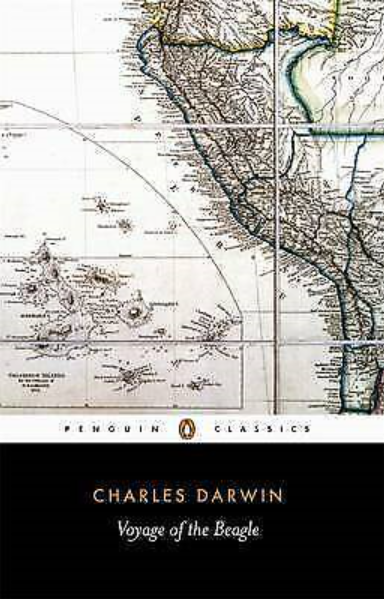 |
The Voyage of the Beagle, by Charles Darwin
Darwin’s fascinating account of his travels on the Beagle covers his biological and geological observations, his speculations about the causes and theories behind scientific phenomena, his interactions with various native peoples, and his amazing discoveries in the Galapagos archipelago. Still essential reading for any visitor to the region. |
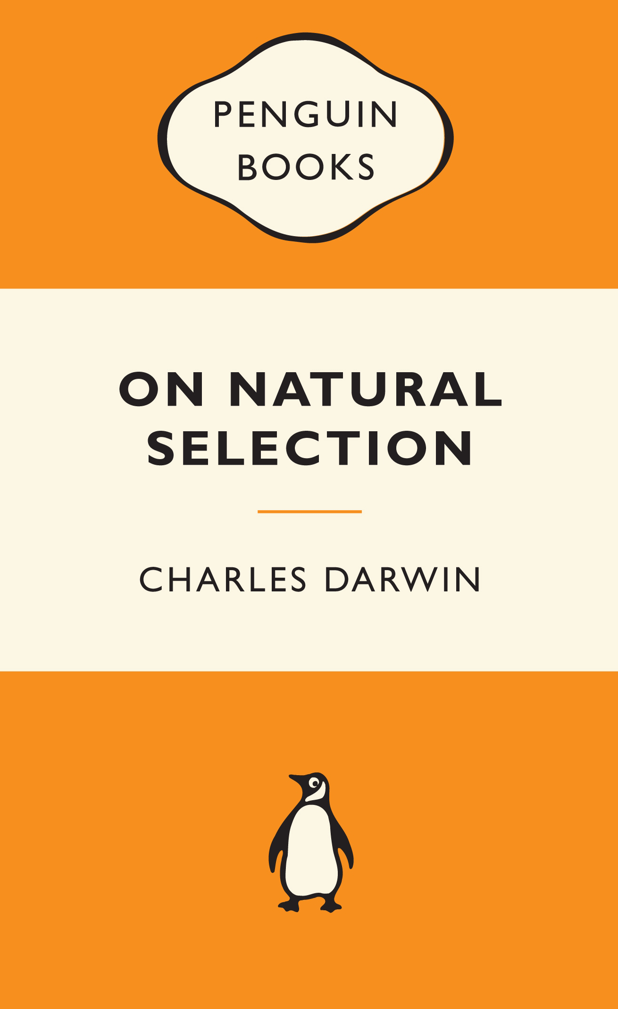 |
On Natural Selection, by Charles Darwin
An except from the original The Origin of Species, first published in 1859 and covering three important chapters including the struggle for existence, natural selection and difficulties on theory. |
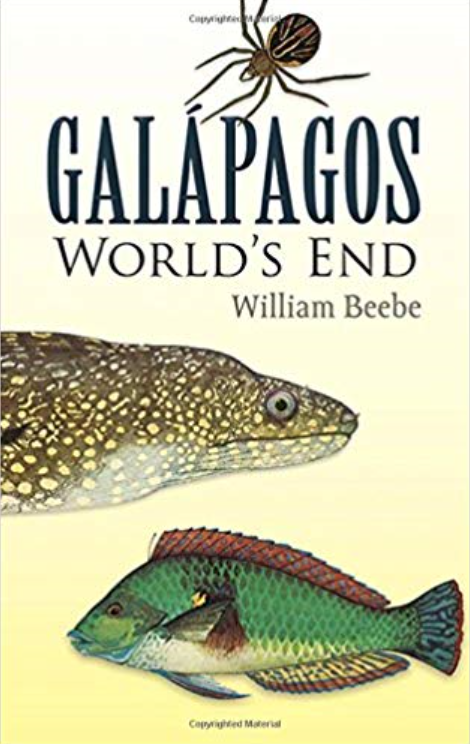 |
Galapagos, World’s End, by William Beebe
A vivid account of a scientific expedition to the islands with 114 illustrations including 24 color plates and maps. World’s End is full of detailed observations on nature, geology and wildlife by William Beebe, and also includes a chapter on the Baroness and other eccentric early colonists. |
 |
This Thing of Darkness, by Harry Thompson
Excellent fictionalized biography of Captain Fitzroy, captain of the HMS Beagle during the vessel’s famous second voyage, and the young amateur geologist who accompanied him on board, Charles Darwin. Though less well known than his famous passenger, Fitzroy led a fascinating life – a brilliant naval officer, member of parliament, governor of New Zealand and inventor of modern weather forecasting. This is the story of a deep friendship between two men, and the twin obsessions that tore it apart, leading one to triumph and the other to disaster. |
Insightful reading on Darwinism
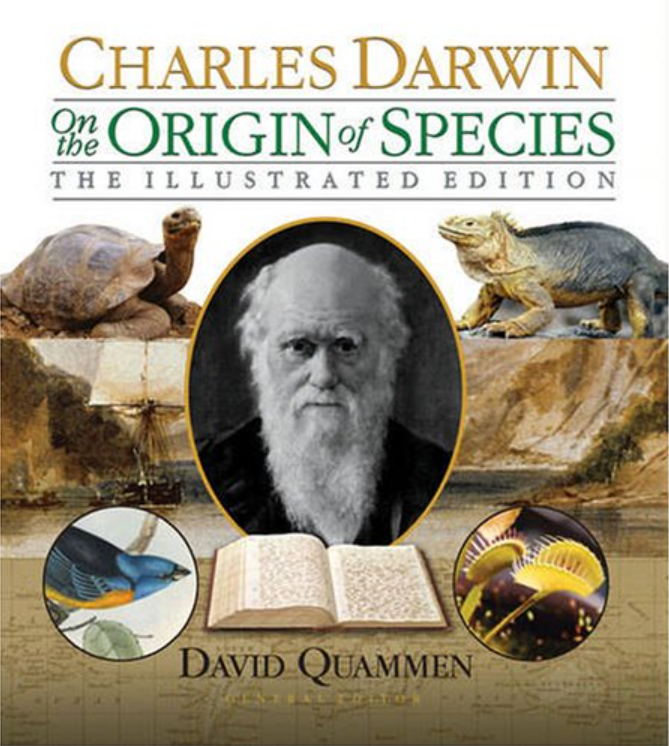 |
On the Origin of Species, The Illustrated Edition, by Charles Darwin & David Quammen
This new edition of Darwin’s masterwork, edited and illustrated by award winning science journalist and author David Quammen, gives us unprecedented insight into the development of the theory of evolution by natural selection – and into the life and times of the discoverer with more than 300 illustrations. |
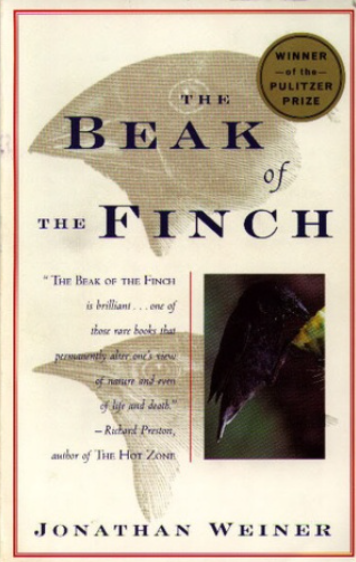 |
The Beak of the Finch, by Jonathan Weiner
This Pulitzer Prize-winning work is an accessible look at the modern debate on evolution – using the story of Peter and Rosemary Grant – evolutionary biologists and Princeton University scientists and their field work on Daphne Major as an example. |
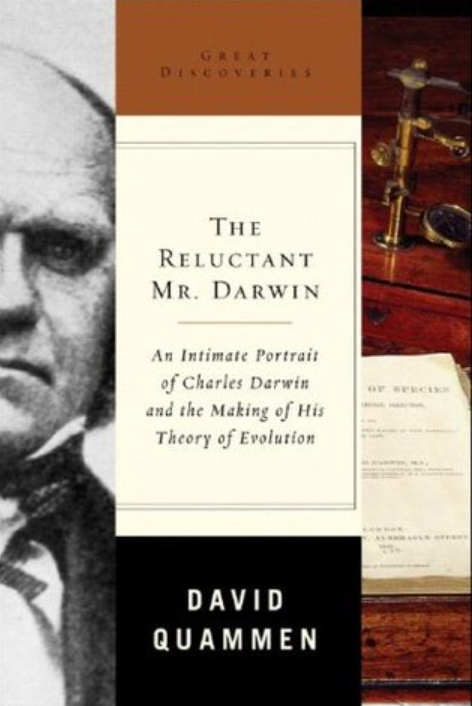 |
The Reluctant Mr Darwin, by David Quammen
Twenty-one years passed between Charles Darwin’s epiphany that “natural selection” formed the basis of evolution and the scientist’s publication of On the Origin of Species. Why did Darwin delay, and what happened during the course of those two decades? The human drama and scientific basis of these years constitute a fascinating, tangled tale that elucidates the character of a cautious naturalist who initiated an intellectual revolution. |
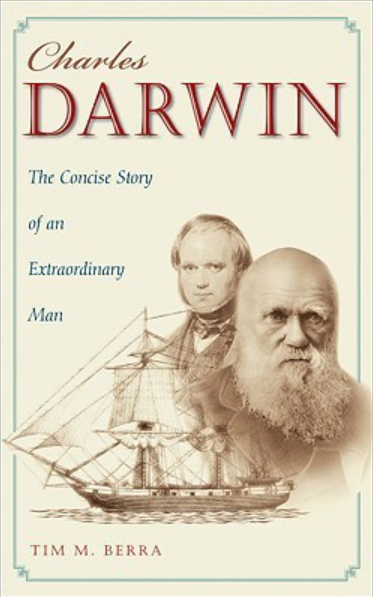 |
Charles Darwin, The Concise story of an extraordinary man, by Tim Berra
This small gem of a book includes 20 color plates and 60 black and white illustrations, along with a list of Darwin’s publications and a chronology of his life, written by Tim Berra, professor emeritus of evolution, ecology and organismal biology at Ohio State University. |
Movies
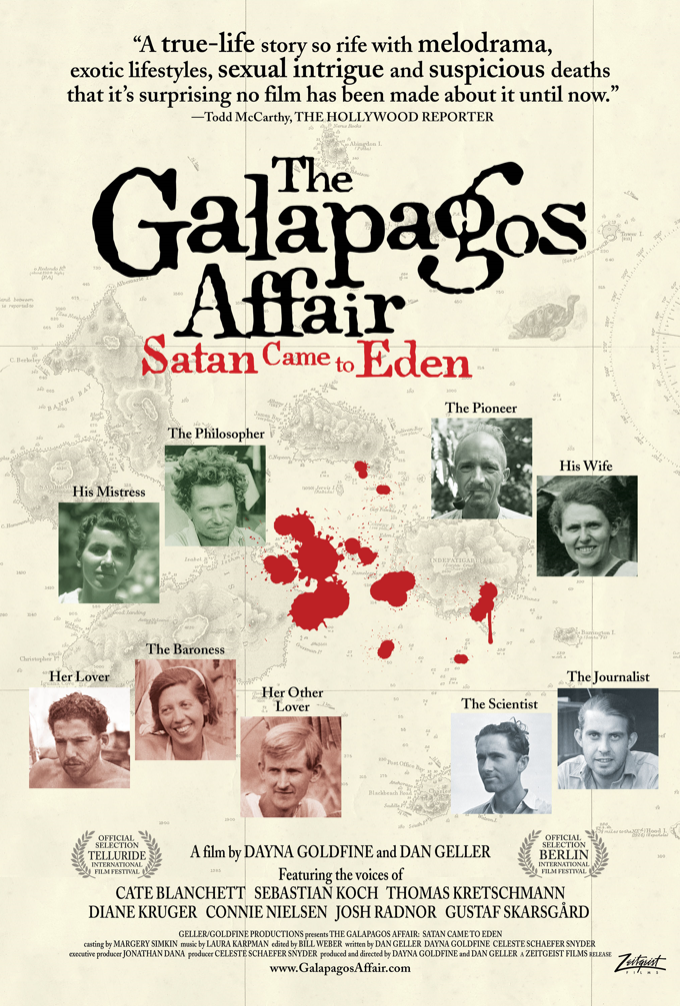 |
Galapagos Affair: Satan came to Eden – crime documentary
This fascinating documentary portrait of a 1930’s murder mystery with characters fleeing conventional society; a Berlin doctor and his mistress, a self-styled Swiss Family Robinson and a gun toting Viannese Baroness and her two lovers. Personalities clash and when some of them disappear, suspicions of murder hang in the air which remain the subject of local lore today. |
 |
Galapagos (3D) with David Attenborough – nature documentary series
Two hundred years after Charles Darwin set foot on the shores of the Galapagos Islands, David Attenborough travels to this mysterious archipelago. It was amongst its flora and fauna that Darwin founded his theories on evolution. Today’s scientists continue to make discoveries as they explore the Galapagos Island’s evolutionary history. |
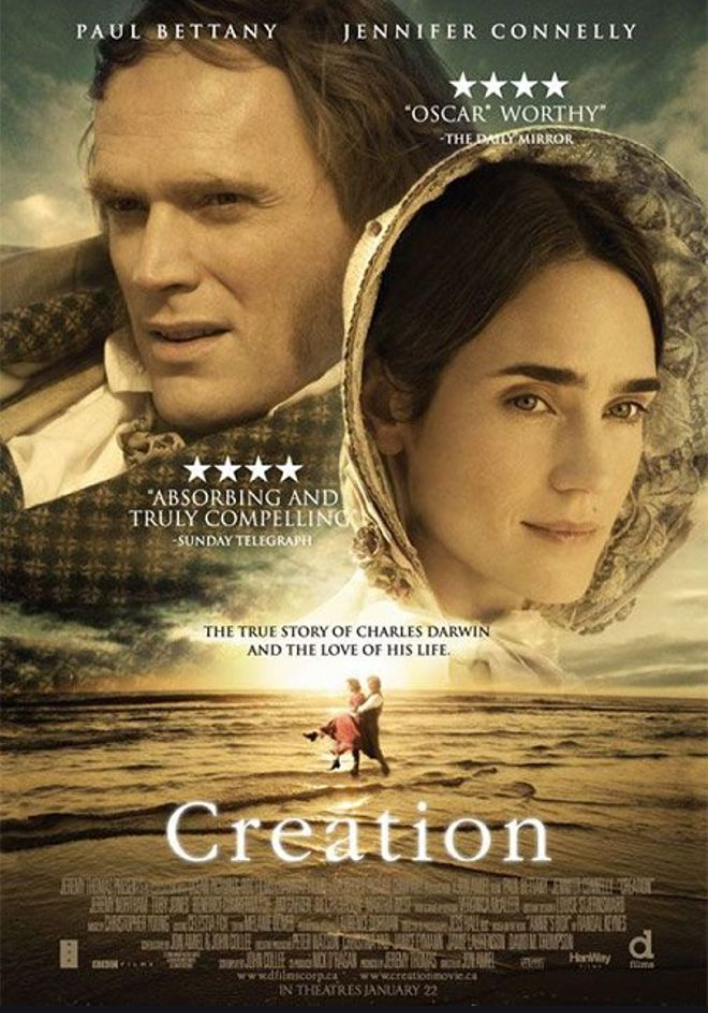 |
Creation starring Paul Bettany and Jennifer Connelly
English naturalist Charles Darwin struggles to find a balance between his revolutionary theories on evolution and the relationship with his religious wife, whose faith contradicts his work, On the Origin of Species. |
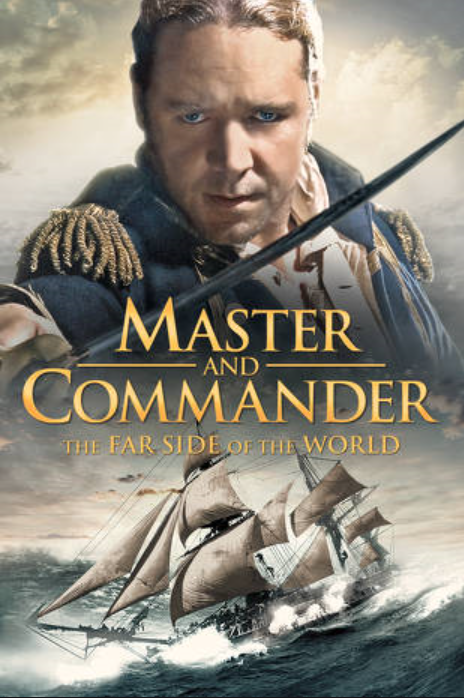 |
Master & Commander, The Far Side of the World starring Russell Crowe and Paul Bettany
Based on the book by Patrick O’Brian, the film portrays life on the high seas during the Napoleonic Wars aboard the HMS Surprise, as a brash British captain pushes his ship and crew to their limits in pursuit of a formidable French war vessel around South America. Some scenes were filmed on location in the Galapagos Islands. |
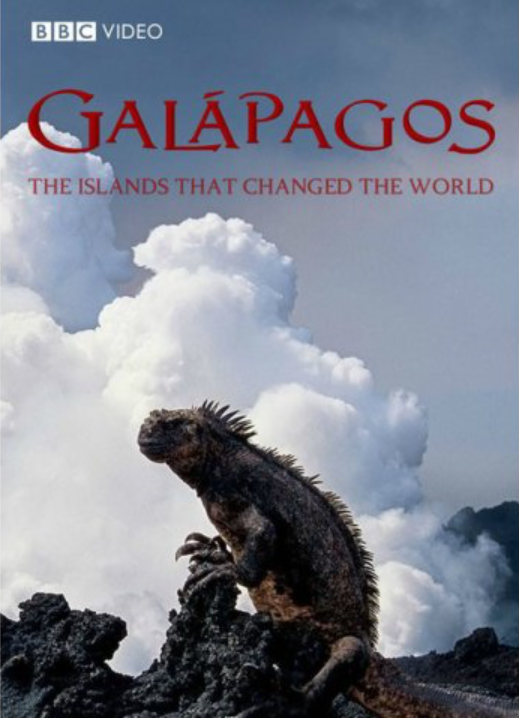 |
Galapagos, The Islands that Changed the World narrated by Tilda Swinton
Narrated by actress Tilda Swinton, stunning special as seen on the National Geographic Channel using high definition cinematography from land, sea and air, and blending dramatic landscapes and intimate animal behavior, drama reconstruction and stunning satellite imagery, this ambitious series presents the most complete portrait ever of these fascinating Islands. |
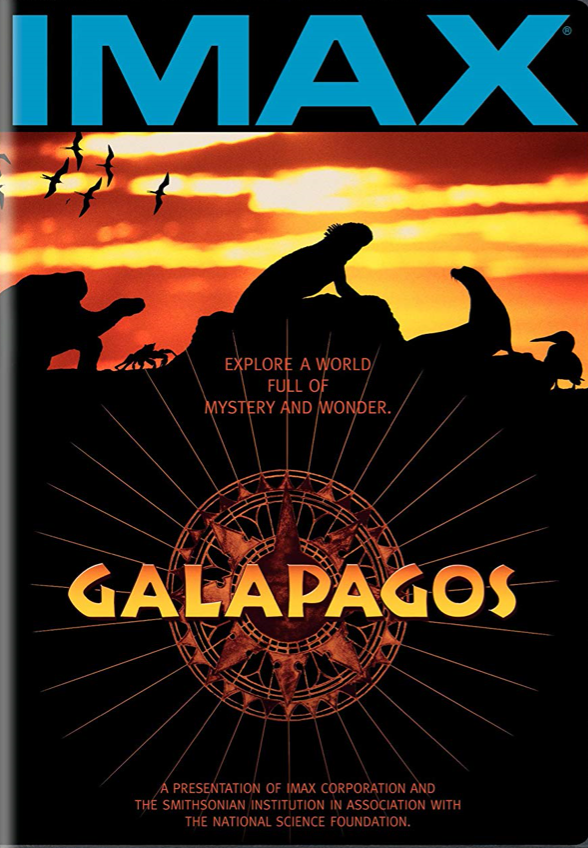 |
Galapagos – nature documentary with marine biologist Carole Baldwin
Large format 3-D film focusing on the unusual wildlife on and around the Galapagos. The documentary debuted in 1999 at the Smithsonian Institution in Washington DC. The researchers used a submersible vessel to study the largely unexplored waters between 200 and 1000 feet deep. Crews stayed 14 weeks in the Galapagos and visited more than 80 locations, discovering more than a dozen new marine species in the process. |




